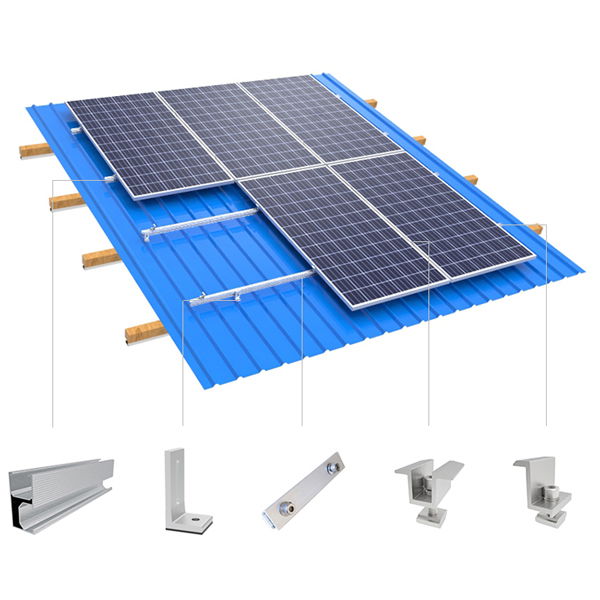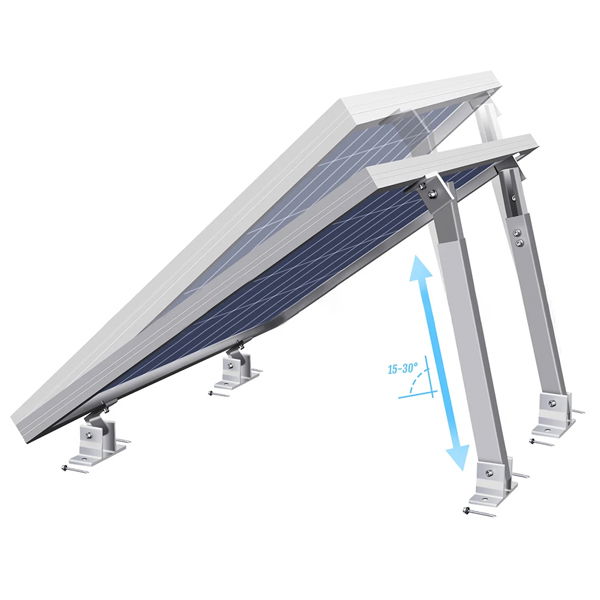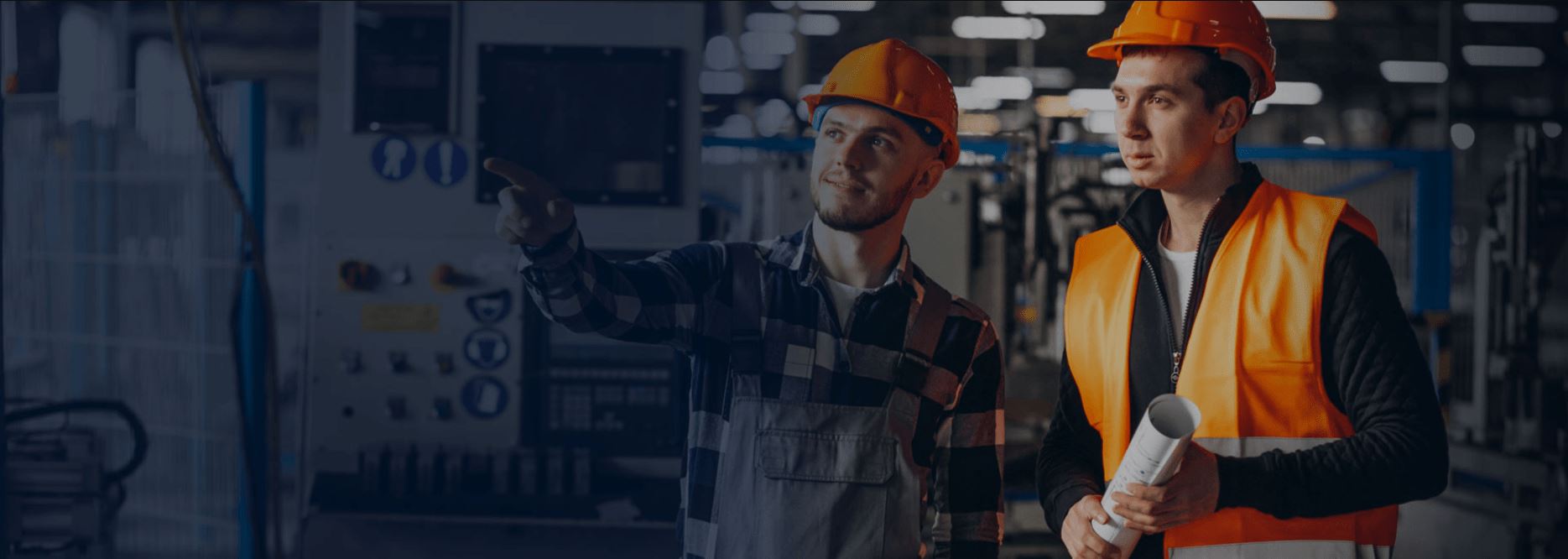Installing solar panels is a wise investment, but ensuring their structural integrity is equally important. Roof mounting brackets for solar panels serve as the foundation for a stable and efficient system.
Without proper reinforcement, factors such as strong winds, heavy rainfall, or snow accumulation can compromise the installation, leading to costly repairs or even panel displacement.
To enhance the durability of your solar panel system, reinforcing the mounting brackets is essential. This guide outlines the best practices for strengthening your roof mounting brackets to ensure a secure and long-lasting setup.
Choosing the Right Mounting Brackets
Selecting High-Quality Materials
The first step in reinforcement is selecting the appropriate mounting brackets. Aluminum and stainless steel brackets are highly recommended due to their durability and resistance to corrosion. These materials offer longevity, even in extreme weather conditions.

Ensuring Compatibility with Your Roof Type
Different roof types require different mounting solutions. Whether your roof is made of tile, asphalt shingles, or metal, choosing brackets designed specifically for your roof type will provide a stronger and more secure attachment.
Strengthening the Mounting Brackets
Using Heavy-Duty Fasteners
Standard screws may not be strong enough to withstand high winds and other environmental stressors. To enhance stability, consider the following:
- Use stainless steel lag bolts for superior strength.
- Ensure fasteners penetrate roof rafters rather than just the sheathing.
- Apply roofing sealant around fasteners to prevent leaks and water damage.
Adding Reinforcement Blocks Between Rafters
A secure mounting system requires a solid foundation. Reinforcing the rafters with blocking helps distribute the weight of the solar panels evenly.
- Install 2x4 or 2x6 wooden blocks between the rafters for additional support.
- Secure them using construction-grade screws.
- Space blocks evenly along the mounting area to prevent stress on a single point.
This method reduces the risk of roof damage and ensures the longevity of your roof mounting brackets for solar panels.
Enhancing Structural Integrity with Roof Bracing
For larger solar arrays or homes in areas with high wind loads, additional bracing may be necessary.
- Install metal struts or cross-bracing beneath the mounting area for extra reinforcement.
- Consider truss reinforcement if the roof structure requires additional strength.
- Consult a structural engineer for custom reinforcement solutions if needed.
These reinforcements help maintain the structural integrity of the roof while ensuring the mounting brackets hold firm over time.
Weatherproofing for Longevity
Sealing Penetration Points
Every hole drilled into the roof for mounting brackets is a potential entry point for water. Proper sealing prevents leaks and extends the lifespan of both the roof and solar panel system.
- Use high-quality roofing sealant around bracket bases and fasteners.
- Install flashing to direct water away from penetration points.
- Perform regular maintenance checks to reseal any areas showing signs of wear.
By ensuring a watertight seal, you can protect your home from potential water damage while maintaining a secure solar panel installation.
Conclusion
Reinforcing roof mounting brackets for solar panels is a crucial step in ensuring the long-term stability and efficiency of your solar energy system.
By selecting high-quality brackets, using heavy-duty fasteners, adding structural reinforcements, and implementing proper waterproofing techniques, you can safeguard your investment against environmental stressors.
A well-secured solar panel system not only enhances performance but also minimises the need for future repairs. Whether you are installing a new system or upgrading an existing one, reinforcing the mounting brackets will provide peace of mind and ensure a reliable solar energy solution for years to come.


